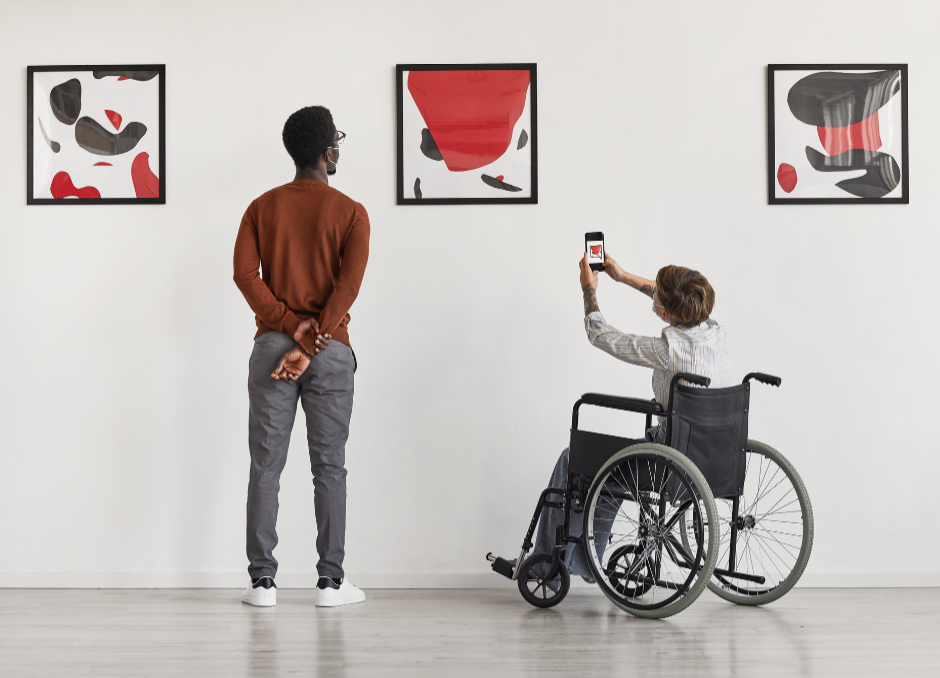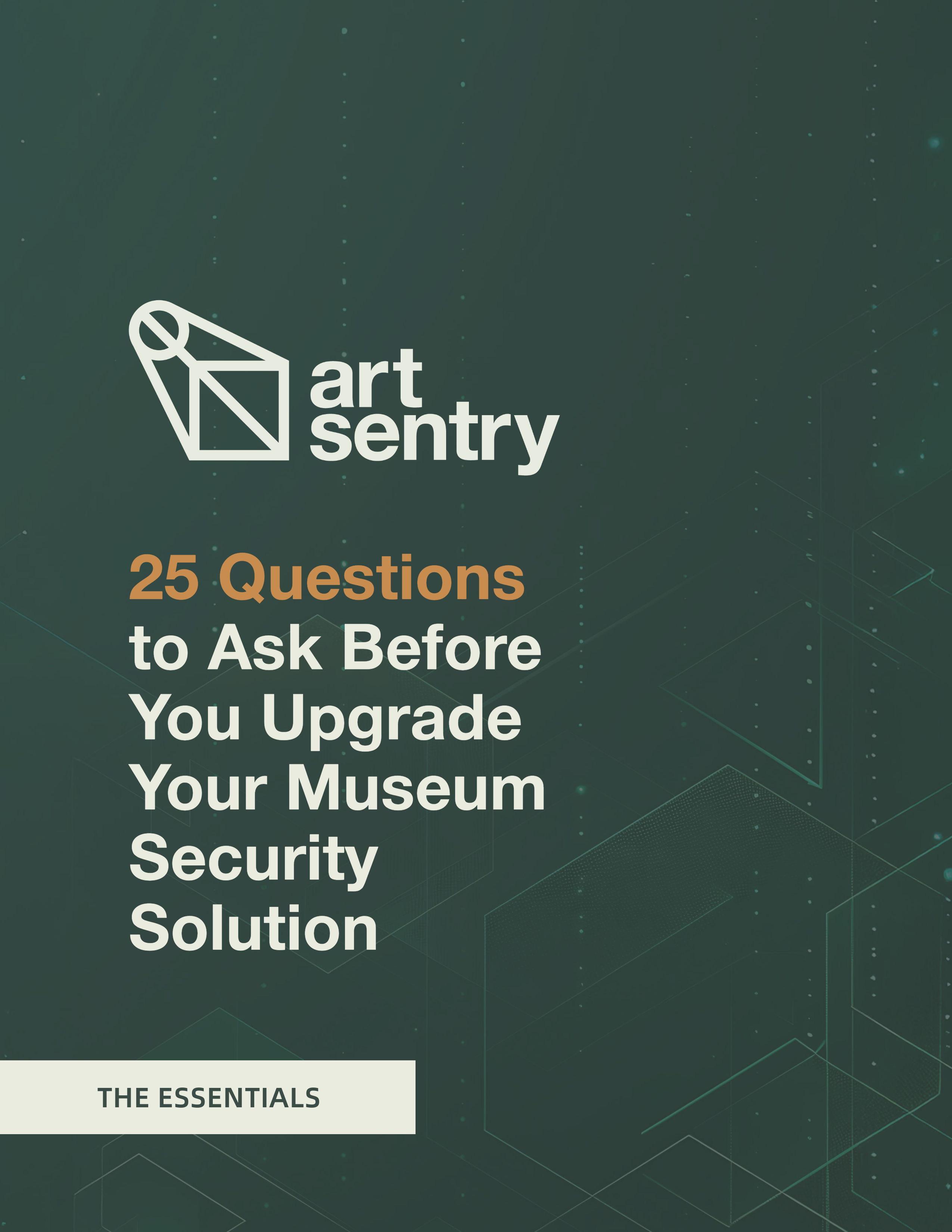Museums, art, and cultural institutions often hold a history heavy in Western and Euro-centric views. Additionally, these cultural centers haven’t always been equally accessible to everyone within the greater community. To support diversity, equity, accessibility, and inclusion (DEAI) initiatives, museums and their counterparts must address the social and systemic exclusion many still feel in museum culture. Here are some ways for cultural institutions to create a more inclusive and equitable environment for their visitors.
Best Practices for More Inclusive and Equitable Environments
1. Hire a Representative Staff
A staff that’s representative of the diverse community around you can make the environment more welcoming and inclusive for visitors of diverse backgrounds. From volunteers and interns to leadership and board members, the more diversity within your team, the more diverse and inclusive your facility will be.
2. Build a Platform for Multiple Perspectives
As a museum or art and cultural institution, you have the opportunity to curate inclusive events and exhibits that represent a multitude of perspectives. For the inclusive experience of your visitors, it’s important to involve multiple perspectives in the curation, development, and presentation of each event or exhibit. To do this, look for ways to involve new voices from the community or within your team to introduce different perspectives and create internal strategic goals to measure your progress.
3. Identify and Provide Equitable Access
To provide equitable access, museums and institutions need to first recognize and understand the different needs within their community, then find ways to meet them through programs, initiatives, or events. Eliminating these obstacles provides more equitable access for all visitors.
Equitable financial access might include free admission days or discounted entry through community partnerships. To provide equitable geographic access, your institution might organize transportation for groups to visit together or bring educational or cultural experiences to the community through after-school programs, online platforms, or community events.
4. Collaborate with the Community
To understand your community’s unique and diverse needs, consider hosting community discussions or speaking with local community leaders. Make it a goal to collaborate and engage directly with the community you’re seeking to serve to provide more equitable and inclusive experiences for them.
5. Stay Vigilant
Keep DEAI top-of-mind for all your staff to build a continuous, sustained effort towards equity and inclusion. With transparent policies and regular check-ins to see if you’re meeting your own DEAI goals, you and your team will naturally devise new ways and strategies to create a more equitable and inclusive environment for your museum or institution.
Beware of treating DEAI initiatives as one-time events or seasonal objectives. It requires a shift in your organization’s internal culture for a true departure from the past. Change begins with awareness but is sustained by vigilance.
Committing to Inclusive and Equitable Change
Creating a more inclusive and equitable environment is part of a sustained effort that will continually evolve and improve to meet the needs of today. Be aware and learn about the needs of your community, your current gaps in representation and diversity, and the systemic and structural history in which your institution exists. Look for opportunities to engage with your community and incorporate multiple perspectives into your work. Finally, be proactive and try new things, whether it’s reaching out to your community first or creating internal benchmarks for equity and inclusion for your team. Committing to change is the first step to creating a more inclusive and equitable environment.
Additional Resource:
We also have a resource with insights about museum grants. Explore the growing collection.


